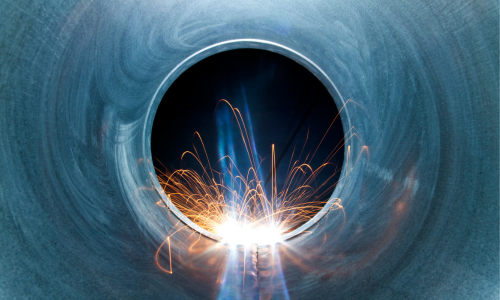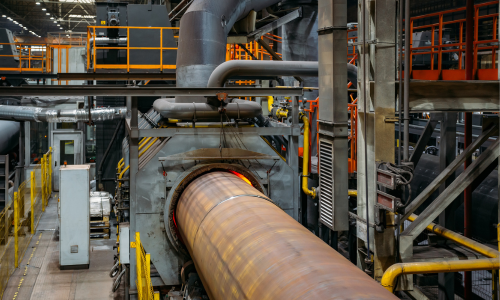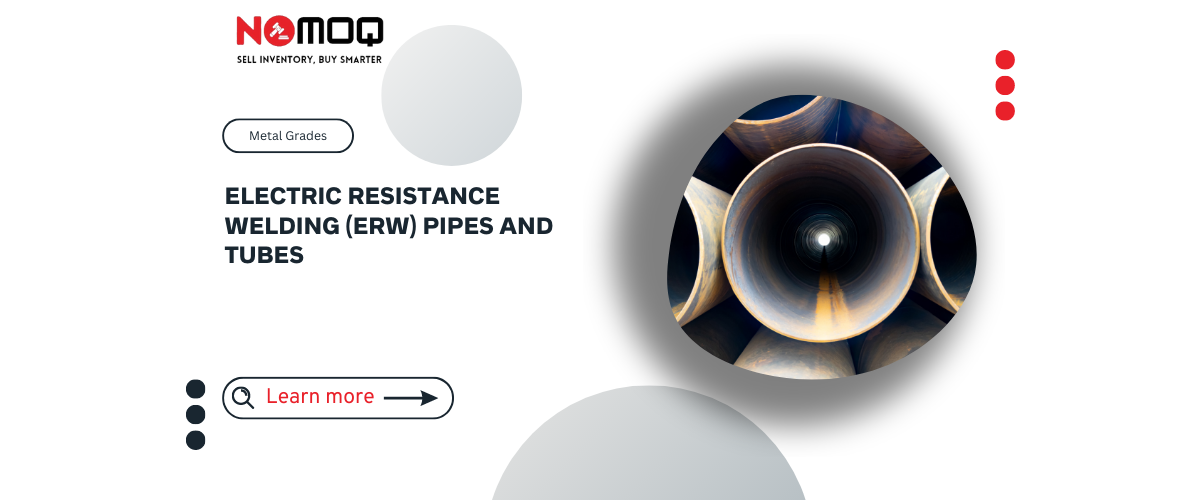Steel pipes are the arteries of modern infrastructure, carrying liquids and gases across vast distances. Two primary manufacturing methods produce these essential conduits: seamless and welded. Among the welding methods, Electric Resistance Welding (ERW) stands out for its efficiency and reliability. Let’s explore the intricate process of ERW pipes and tubes, shedding light on its different techniques and applications.
Understanding ERW Process: At the heart of ERW lies a transformation – converting a flat steel sheet into a cylindrical pipe through a cold-forming process. The process involves passing an electrical current between the edges of the steel cylinder. This current heats the steel edges, causing them to bond seamlessly without the need for welding filler material. ERW pipes are known for their high precision, making them suitable for a wide range of applications.
High Frequency Welding: High Frequency ERW, a significant advancement over the earlier low-frequency method, boasts superior weld quality. This technique offers two variants:
- Induction Welding: A work coil, located near the weld point, induces current into the pipe material through surrounding magnetic fields. This method eliminates contact marks and simplifies pipe size changes.
- Contact Welding: Weld power is directly applied to the pipe through contacts that ride on the strip. This approach is especially efficient for producing large-diameter and thick-walled pipes.

Rotary Contact Wheel Welding: In this method, the welding current is transferred through a contact wheel at the weld point. The contact wheel not only transmits the current but also exerts forge pressure necessary for the welding process. There are three main types of rotary contact wheel welders – AC, DC, and square wave. This welding technique is particularly valuable for applications where an impeder inside the pipe is not feasible.

Applications and Significance: ERW pipes find their place in various industries, from plumbing and construction to oil and gas. They are highly valued for their seam integrity, which ensures leak-free transport of fluids and gases. ERW welding is not only efficient but also cost-effective, making it a preferred choice for mass production. Whether it’s conveying water, natural gas, or petroleum, ERW pipes play a crucial role in maintaining the modern world’s infrastructure.
In conclusion, Electric Resistance Welding (ERW) has revolutionized the pipe manufacturing industry with its efficiency and precision. The seamless welding process ensures robust and reliable pipes, critical for industries and communities worldwide. As technology advances, ERW techniques will continue to evolve, contributing to even more innovative and efficient pipe solutions for the future. Embrace the power of ERW – the seamless connection that fuels our world’s progress.

